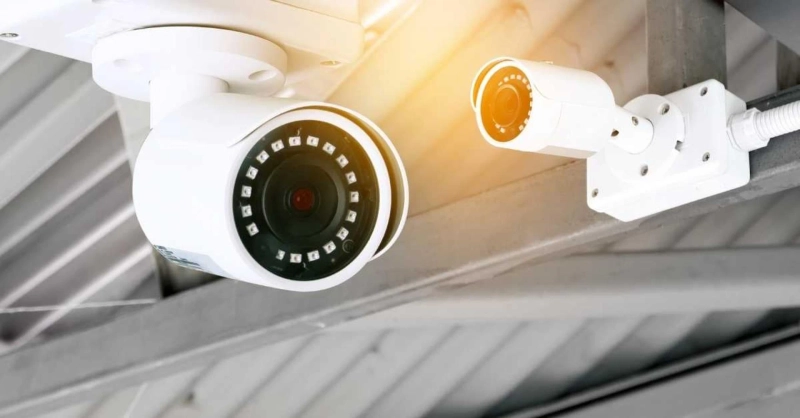In today\'s rapidly evolving business landscape, security is a paramount concern for every entrepreneur. Whether you own a small retail store or manage a large corporate office, safeguarding your premises is essential. One effective way to enhance your business\'s security is by installing a reliable business security camera system. In this article, we will explore the importance of such systems and provide a step-by-step guide to their installation.
The Importance of Business Security Camera Systems
Deterrence of Criminal Activity
Business security camera system Installation acts as a visible deterrent to potential criminals. Knowing that their actions are being recorded and monitored reduces the likelihood of theft, vandalism, or other criminal activities on your business premises.
Employee Productivity and Accountability
Security cameras not only protect your business from external threats but also promote a secure and productive work environment. Employees tend to be more accountable for their actions when they know they are being observed, leading to increased productivity and adherence to company policies.
Evidence Collection for Investigations
In the unfortunate event of an incident, having a security camera system in place provides valuable evidence for investigations. This evidence can be crucial for law enforcement or internal inquiries, helping to identify culprits and facilitate a swift resolution to the matter.
Steps for Business Security Camera System Installation
Assess Your Security Needs
Before purchasing and installing a security camera system, assess your business\'s specific security needs. Consider factors such as the size of your premises, the number of entry points, and the level of detail required in video footage. This assessment will guide you in choosing the right type and number of cameras for your installation.
Choose the Right Cameras
There are various types of security cameras available, each designed for specific purposes. Dome cameras are ideal for indoor surveillance, while bullet cameras are suitable for outdoor monitoring. Pan-tilt-zoom (PTZ) cameras offer flexibility in adjusting the viewing angle. Select cameras that align with your business\'s security objectives.
Plan Camera Placement
Strategic placement of cameras is crucial for effective surveillance. Identify key areas such as entry and exit points, cash registers, and high-traffic zones. Ensure there are no blind spots, and aim to cover the entire premises comprehensively. This planning phase is essential for maximizing the system\'s effectiveness.
Install the Cameras
Once you have a clear plan, proceed with the physical installation of the cameras. Ensure that they are securely mounted and positioned to capture optimal footage. Follow the manufacturer\'s guidelines for installation and consider consulting a professional if needed to guarantee proper setup.
Connect and Configure
Connect the cameras to a network video recorder (NVR) or digital video recorder (DVR) to store and manage the footage. Configure the system settings, including video quality, motion detection, and recording schedules. Test the system thoroughly to ensure all cameras are functioning correctly.
Monitor and Maintain
Regularly monitor the security camera system to detect any issues promptly. Perform routine maintenance, such as cleaning camera lenses and checking for software updates. Implementing a proactive approach to monitoring and maintenance ensures the system\'s long-term reliability.
Conclusion
Investing in a business security camera system is a proactive step toward safeguarding your assets and ensuring a secure work environment. By following these installation steps, you can establish a robust security infrastructure that not only protects your business but also provides peace of mind for both you and your employees. Stay vigilant, stay secure!



